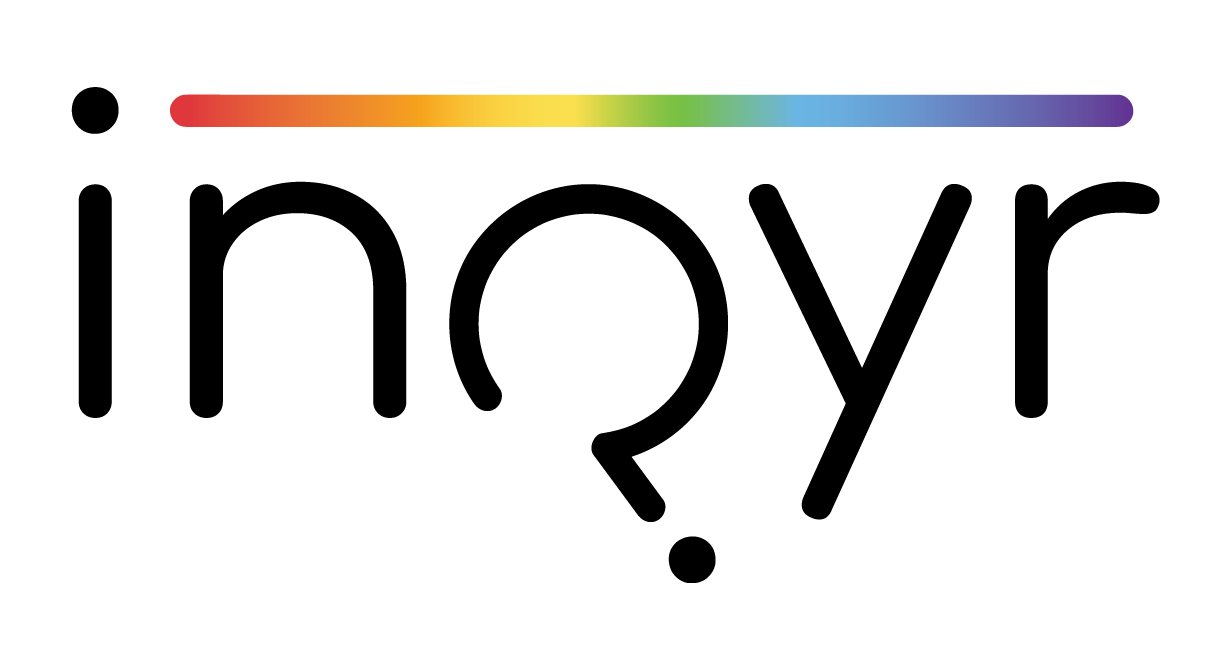Mexico Regional Network
Situational Diagnosis is led by a question: What has changed for LGBTQ+ Mexican youth in the last five years? This Mexico regional study follows up on discrimination, violence, homophobia, mental health, coping, resilience and sexual health measures that were captured in 2015, as a first effort to understand our communities disparities. This is a quantitative project, focused on the collective health of queer youth and how to strengthen it.
Background
The main antecedent of this study proposal is the Situational Diagnosis of Lesbian, Gay, Bisexual, Trans and Queer People (LGBTQ) in Mexico, carried out in 2015 and implemented by the Universidad Autónoma Metropolitana, Unidad Xochimilco in collaboration with Inspira Cambio A.C. The project was led by Dr. Juan Carlos Mendoza Pérez, current promoter of this project and was intended to be replicated to keep track of the issues facing LGBTQ + people.
6,596 LGBTQ people residing in the Mexican Republic participated in the project. The predominant groups were gay / homosexual men with 64.6%, lesbian women with 12.0% and bisexual men with 10.3%. The average age of the people was 30 years and the age groups that concentrated the largest number of participants comprised the range of 21 to 45 years. The geographical areas that presented the highest percentages were Mexico City, the northern zone and the central zone. The schooling of the person who supported the house was found predominantly in the undergraduate and graduate categories, indicating that the socioeconomic level of most of the people surveyed is medium or high.
67% of the participating LGBTQ population was discriminated at some time in their lives because of their sexual orientation or gender identity. However, the groups that particularly show the highest discrimination were trans women (76.5%), queers (75%) and gay men (70%). The geographical areas in which the highest discrimination was reported was in Mexico City, the central zone and in the west.
The spaces where discrimination was mainly received were in the family (25.6%), the school (38%) and in public spaces. The main forms of violence reported were: they made her feel that she should be more masculine or feminine, they knew about her sexual orientation or gender identity, but they did not want to talk about it and that they were denied a service. Regarding sexual abuse, it was reported that 4.7% had suffered it.
Research Questions
1. What is the situation in the year 2021 of LGBTQ + people regarding discrimination, health and use of information and communication technologies?
2. Will the problems identified in the Situational Diagnosis of LGBTQ + People in Mexico 2015 be the same in 2021?
3. Is there a mediating relationship between discrimination based on sexual orientation or gender identity in the health of LGBTQ+ people?
4. What is the use of ICTs by LGBTQ + populations in the Mexican context? And what are the possible uses that can be made of them to carry out health / non-discrimination actions?
Eligibility Criteria
Self-identify as gay or homosexual man, bisexual man, lesbian woman, bisexual woman, trans person (man or woman) as well as other non-normative sexual or gender identity orientations.
Live in Mexico in the period of the survey application
Are 16 years of age or older
Report



